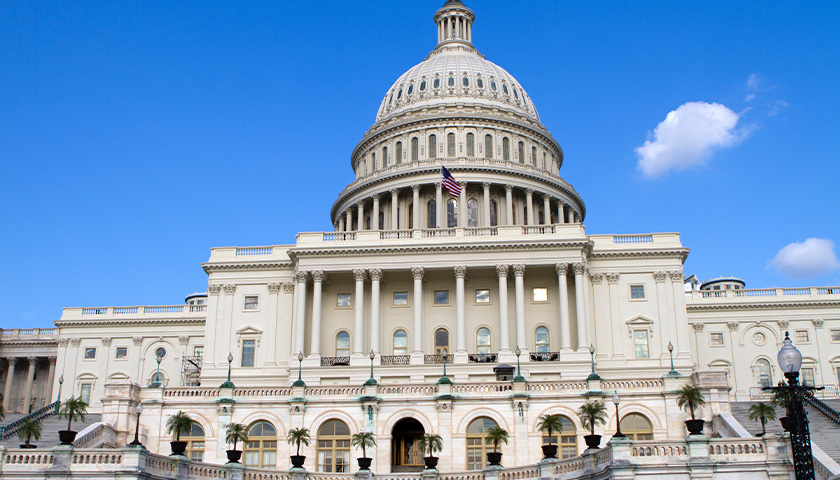President Joe Biden talked incessantly about his “middle class out” economic strategy. Given his record, it would have been more accurate to call it the “middle class down and out” plan. Inflation has eroded away any income gains under Biden’s presidency.
Now Vice President Kamala Harris has her own riff on this theme. Her campaign motto is “Building up the middle class.” It isn’t exactly “Make America Great Again,” but Democrats don’t have a lot of time to come up with anything catchier, given that Harris was reluctantly chosen as the 8th-inning relief pitcher for Old Joe, who had long ago lost his fastball.
Read More

























